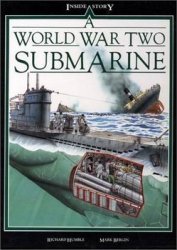BY THE SUMMER OF 1943 THE UNITED STATES—AFTER the capture of Attu and the bloodless occupation of Kiska—had regained possession of the barren, fog-ridden Aleutian Islands which neither she nor Japan really wanted. Japan had initially seized Kiska during the diversionary phase of her abortive Midway operation and thereafter her troops occupied Attu. But Japan evinced no special interest in the 1000-mile Aleutian chain; she merely intended to hold the islands, not to use them as a staging area for an invasion of the United States. (Dutch Harbor, which was the only American naval base in the islands at this juncture, lay some six hundred air miles from Alaska and 1760 air miles from Seattle). Nevertheless, our reaction to enemy troops in the Western Hemisphere was an immediate and devastating blockade, coupled with sporadic raids by the XI Air Force and an almost daily bombardment by naval forces. When the beleaguered enemy requested reinforcements, Tokyo responded by ordering Rear Admiral Hosoyaga out from the Kuriles with a force of two heavy cruisers, two light cruisers, four destroyers and three transports to run the blockade. But anticipating such a move the United States stationed Rear Admiral Charles H. “Soc” McMorris offshore with a scouting force of ofie light cruiser, one heavy cruiser and four destroyers. The opposing warships met on the morning of March 23, 1943 off Komandorski.
When the battle opened war correspondent John Bishop was abroad heavy cruiser Salt Lake City. Because of wartime security, he was unable to reveal the identity of the other American warships, which were the light cruiser Richmond (flagship) and destroyers Bagley, Dale, Coughlin and Monahan. His account of this classic retiring action opens a few moments after Hosoyaga had been detected.
JOHN BISHOP




 World History
World History









